Fossil of a trilobite extinct 450 million years ago turned into an amulet.
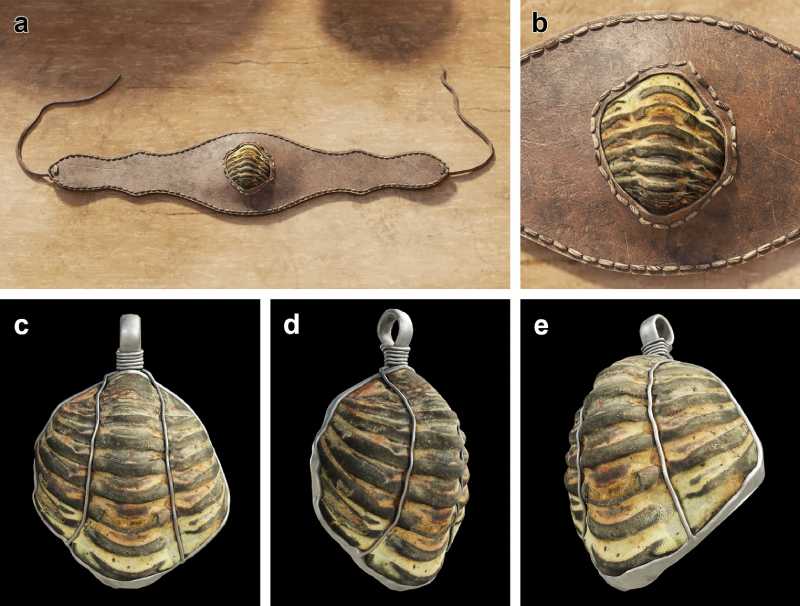
A trilobite fragment showing signs of human modification, dated between the 1st and 2nd centuries AD, was identified during excavations at the archaeological site of A Cibdá de Armea, in Ourense, Galicia. This is the first trilobite confirmed to have been used during the Roman period and only the third specimen of this genus found in an archaeological context worldwide.
The discovery surprised researchers due to the rarity and excellent state of preservation of the fossil, which shows clear signs of intentional wear on its underside. The study, published in the journal Archaeological and Anthropological Sciences, suggests that the object likely served as personal adornment—possibly a pendant or part of a bracelet with symbolic or magical value.
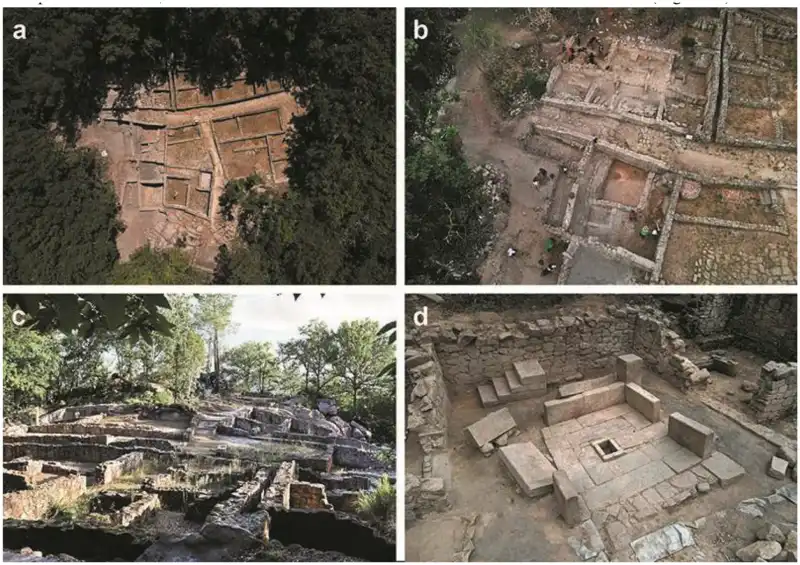
Paleontological analysis identified the trilobite as belonging to the genus Colpocoryphe, a marine arthropod that lived around 460 million years ago, during the Ordovician period. Although the fossil was found in Armea, the rock in which it was preserved—rich in iron oxides and showing no signs of tectonic deformation—is not found in the Galicia region.
This allowed scientists to trace its probable origin to more than 430 kilometers south, in rock formations from central parts of the Iberian Peninsula, in provinces such as Ciudad Real and Badajoz.
This long distance indicates that the trilobite was deliberately transported to the Roman settlement of Armea, possibly as part of trade exchanges or by someone who relocated to the area. The most plausible route includes the ancient Vía de la Plata, one of the main Roman roads in Hispania, which connected the southern and northern parts of the peninsula.
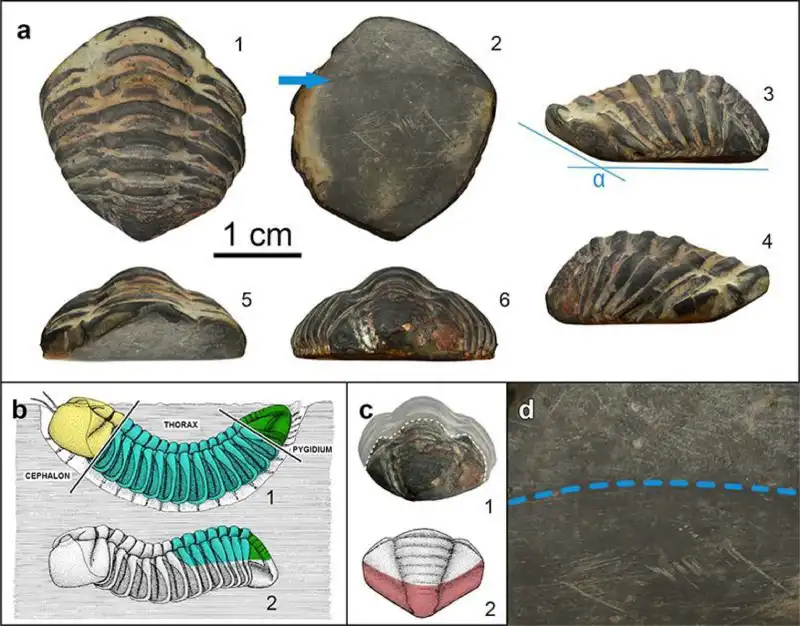
The specimen shows seven artificially worn surfaces, especially on its base, suggesting it was carved to facilitate fitting into some kind of mount. The marks are consistent with polishing techniques using abrasion, and the piece’s rounded shape supports the hypothesis of its use as an ornament. According to the authors, the human work aimed to preserve the upper part of the fossil—where the articulated segments typical of trilobites are located—highlighting its striking visual appearance.
The absence of perforations does not rule out its use as jewelry. The study proposes that the object may have been set into a leather or metal frame, as seen with other fossils used in Roman adornments. It is also possible that it was kept as a talisman, considered an artifact endowed with protective properties, in line with common beliefs of the time.
The presence of fossils in Roman archaeological contexts is not unprecedented, but it is generally limited to forms such as amber, teeth, or bones of large animals. Trilobites—extinct invertebrates from hundreds of millions of years ago—are extremely rare in these records due to the difficulty of their natural exposure in areas accessible to humans.
Furthermore, this type of fossil was considered curious and sometimes magical. Historical records indicate that emperors like Augustus collected fossilized bones, believing them to be remains of giants or mythological monsters.

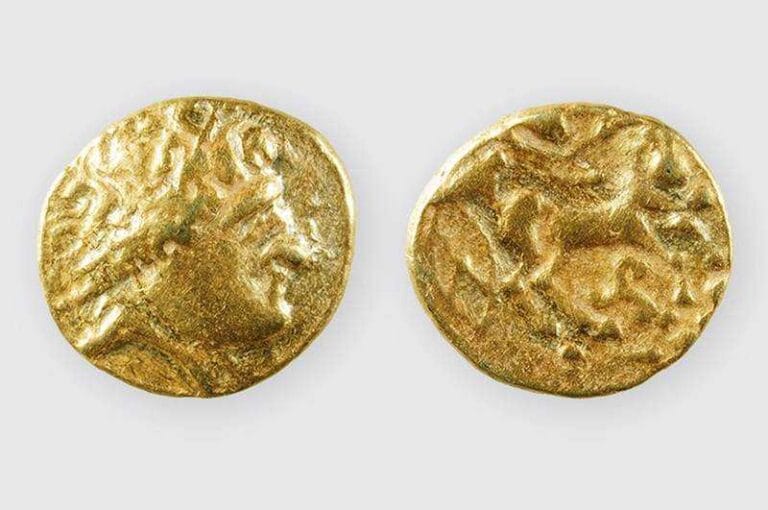
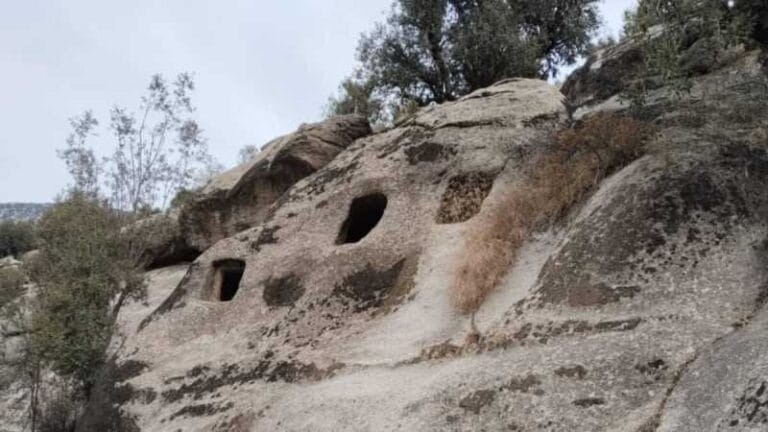
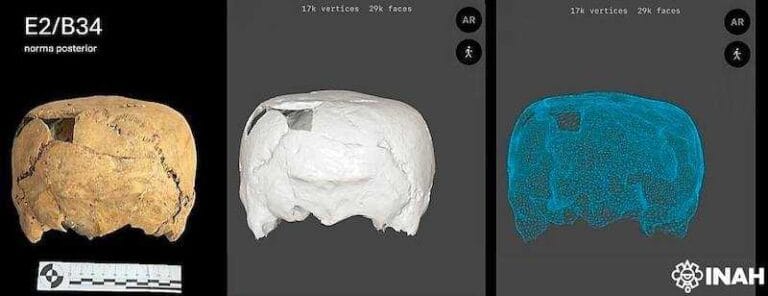



There’s a major typo in the title: it’s 450 MILLION years, not 450 THOUSAND years.
Hello, we apologize for the misunderstanding and thank you for letting us know.